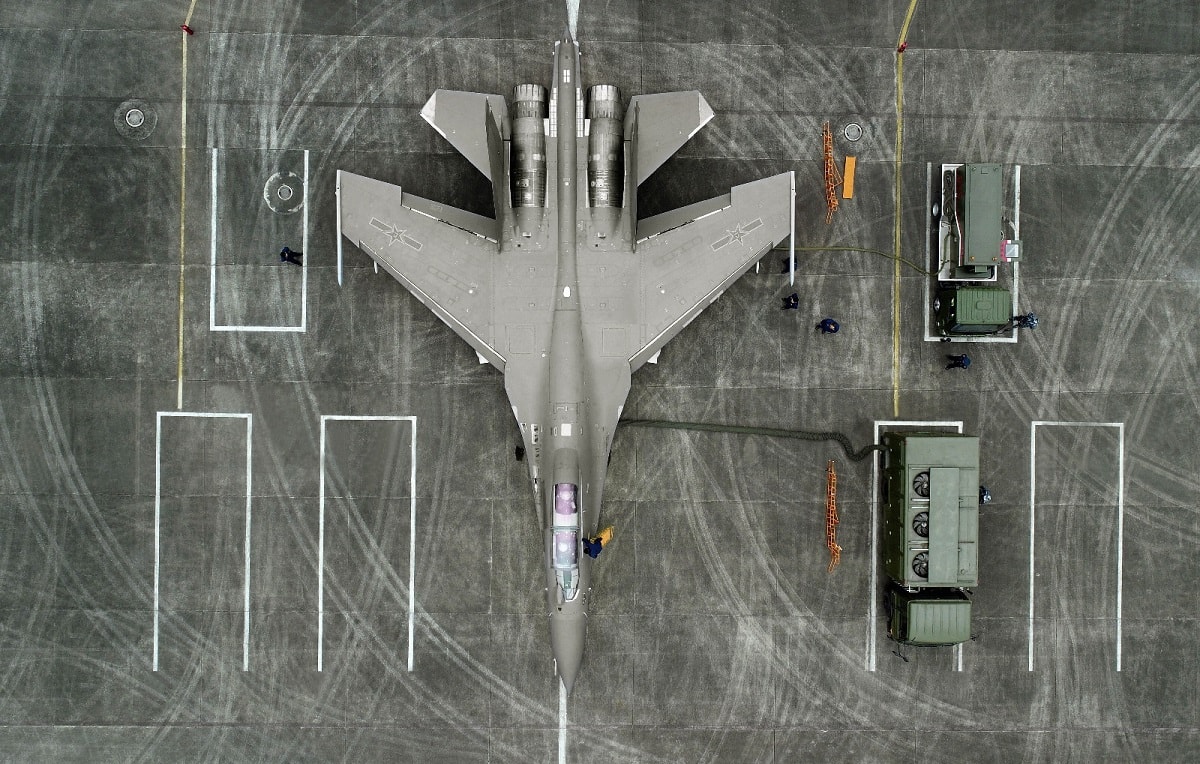The response of the People’s Republic of China (PRC) to House Speaker Nancy Pelosi’s visit to Taiwan confirms Beijing’s mounting anger at Washington’s growing diplomatic and military support for Taipei. As much as U.S. leaders insist that the United States still adheres to a “one-China” policy and does not support an independent Taiwan, U.S. actions—with Pelosi’s behavior being just the latest example—suggest otherwise. Chinese leaders were especially upset by Pelosi’s high-profile meeting with Taiwanese President Tsai Ing-wen and her address to Taiwan’s legislature during her visit.
China Reacts to a U.S. Show of Solidarity
Beijing immediately adopted countermeasures in response to this episode, canceling or postponing meetings and other bilateral cooperative initiatives on security and climate issues. More troubling, the PRC conducted a large “live-fire” air and sea military exercise that encircled the island nation. Not only was that drill larger than previous ones, but it was also done significantly closer to Taiwan’s shores. During the course of those maneuvers, PRC forces fired missiles into waters near Taiwan, and in at least one case, directly over the island. Some 68 warplanes and 13 warships crossed the informal “median line” in the Taiwan Strait that helps prevent incidents that could lead to an armed clash. PRC officials contended that the military exercise confirms that PRC forces could effectively blockade Taiwan if the U.S. and Taiwanese provocations continue.
Although the PRC response signals a substantial, troubling escalation, both in Beijing’s anger and its determination to take substantive action, the measures still constitute little more than flashy displays and posturing. However, if Chinese leaders do not see immediate evidence of greater caution on the part of Washington and Taipei, the incentive will mount to adopt more drastic options. The most tempting of all would be to seize the off-shore islands of Kinmen (Quemoy) and Matsu.
Bold and Brash Actions
That move would convey – in an unmistakable manner – Beijing’s seriousness and determination to stymie Washington’s support for Taiwan’s increasingly bold efforts to achieve full-fledged independence. The risk in doing so would not be trivial, but neither would it be excessive. Moreover, the potential payoff could be quite impressive.
There were two major crises during the 1950s in the Taiwan Strait in which U.S. leaders feared that the PRC would make a move to occupy the islands. However, the gap between U.S. and PRC military capabilities was so huge, that China was not willing to take the risk of a devastating U.S. response. The situation is vastly different today. Given China’s importance in the global economy—including its crucial role with respect to numerous key supply chains—Washington would be hesitant to resort to military force against that country. An intervention merely in response to the seizure of two tiny islets would be especially unlikely unless the evidence strongly indicated that such an episode was merely the prelude to an imminent attack on Taiwan itself.
China and U.S. Have Strong Military Forces
The bilateral military balance has shifted at least as much as the economic balance since the 1950s—or even since the last Taiwan Strait crisis in the mid-1990s. Beijing now has a sophisticated, first-class military force at its disposal. The PRC’s capabilities in naval and cyber warfare are especially impressive. As a series of war game simulations conducted by the Pentagon and other entities over the past several years have indicated, the United States might well lose an air and naval war against China in the Western Pacific.
Because Kinmen and Matsu are barely 2 miles from China’s coast, it would be nearly impossible for Taiwan or the United States to prevent an initial takeover. The onus would then be on the United States to decide whether to escalate the crisis by subsequently attacking PRC forces, despite little hope of dislodging the occupying forces. It is highly improbable that Washington would accept the risks and huge potential downside of turning a limited crisis into an extremely perilous military showdown with Beijing. PRC leaders likely understand that reality as well.
As I have written elsewhere, PRC military coercion against Taiwan is most likely to take the form of efforts to conquer small, Taiwanese-claimed islands in the Taiwan Strait or the South China Sea. Chinese leaders understand that an attack on Taiwan itself would very likely lead to war with the United States. An offensive against peripheral Taiwanese territorial possessions would be far less risky. Such a move could be directed at somewhat more substantial prizes, such as Pratas or Taiping, instead of or in addition to a seizure of Kinmen and Matsu. However, focusing just on the latter targets seems more likely under current circumstances.
If Beijing adopts that course, Washington’s clumsy policies would deserve much of the blame. Pelosi’s visit and high-profile meetings with Taiwanese leaders constituted the latest in a series of unnecessary and ill-considered U.S. actions. Beijing may soon show Washington that it will no longer tolerate such provocations.
Ted Galen Carpenter, a senior fellow in defense and foreign policy studies at the Cato Institute and a contributing editor at 19FortyFive, is the author of 13 books and more than 1,100 articles on international affairs.

